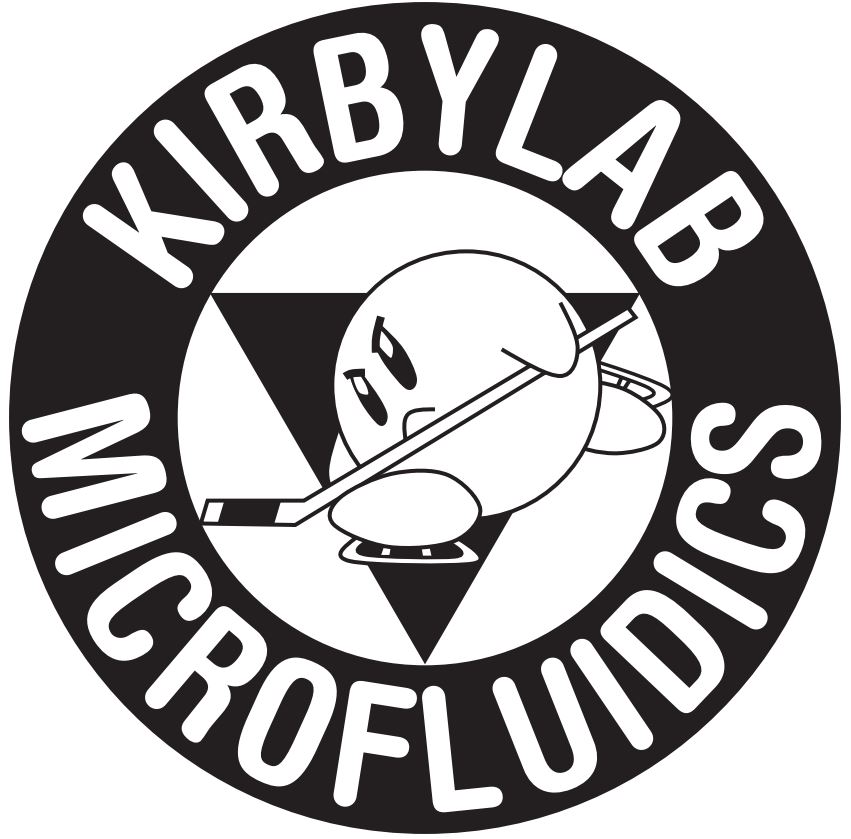Applied Optics, 2002: Linear excitation schemes for IR PLIF imaging of CO and CO2
Citation:
Kirby BJ, Hanson RK, Linear excitation schemes for IR PLIF imaging of CO and CO2, Applied Optics, 41:1190-1201 (2002). doi pdf
Abstract:
A detailed discussion of linear excitation schemes for IR planar laser-induced fluorescence (PLIF) imaging of CO and CO2 is presented. These excitation schemes are designed to avoid laser scattering, absorption interferences, and background luminosity while an easily interpreted PLIF signal is generated. The output of a tunable optical parametric amplifier excites combination or overtone transitions in these species, and InSb IR cameras collect fluorescence from fundamental transitions. An analysis of the dynamics of pulsed laser excitation demonstrates that rotational energy transfer is prominent; hence the excitation remains in the linear regime, and standard PLIF postprocessing techniques may be used to correct for laser sheet inhomogeneities. Analysis of the vibrational energy-transfer processes for CO show that microsecond-scale integration times effectively freeze the vibrational populations, and the fluorescence quantum yield following nanosecond-pulse excitation can be made nearly independent of the collisional environment. Sensitivity calculations show that the single-shot imaging of nascent CO in flames is possible. Signal interpretation for CO2 is more complicated, owing to strongly temperature-dependent absorption cross sections and strongly collider-dependent fluorescence quantum yield. These complications limit linear CO2 IR PLIF imaging schemes to qualitative visualization but indicate that increased signal level and improved quantitative accuracy can be achieved through consideration of laser-saturated excitation schemes.
Figures:

